Re: Longfellow Place (née Garden Garage Towers) | 35 Lomasney Way | West End
re; DBM; Well, maybe. Still, i would start at 300' to get a more accurate picture. After the novelty Pru, the pace of construction of 380~600' towers was fairly strong from 1964~84, or perhaps you might get as broad as 1964~88, as unabashed height began to trail off.
After 60 State and the Fed Reserve in 1977, we get into the 2nd of back to back to back recessions from 1973~82. This itself is interesting because Massachusetts experienced less exposure to the infamous 'double-dip' in the early 80s, if the prolonged Massachusetts & SF tech booms didn't contribute to helping the US economy out of the fire altogether.
Despite the '80~82 'double dip' wave (perhaps the 3rd recession in less than a decade), we got 7 highrises in 4 years (completed) between 1981 and 85 well-timed for the tech/ financial/legal services boom/s of the mid/late 80's; 1 Post Office Sq ~520', The Marriot 395' The Westin 381', 1 Devonshire Pl ~415', Dewey Square ~600', Exchange Place ~540' and 500 Boylston about 332'. Construction starts stopped when money dried up briefly, from about 1981~83, But with the Reagan boom, we got another burst w/ 4 towers in 1987~88 when supply was already pretty good!
It had been 5 years since Flynn declared war on the Skyscraper. And, in the last gasp of the Mass tech boom, only 1 IP went tall, w/ the other 3 towers going ~380'. *The (3) 380' towers rest on sites that could properly handle 650~750'.
By about 1989, the Mass tech economy had cooled and the nimby years settled in. During the Flynn & Menino years starting around 1988, highrises above 300~350' slowed to a trickle. After IP, between 1987 and 2016 (29 yrs), only 3 towers rose over 500', only 8 above 400', w/ a few others barely topping 300'.
Sexy tower construction probably doesn't reveal as much about Boston's rise–as much as sacred institutions of higher learning, Boston's historical renown and regional appeal (not that anyone asked).
When you look at the various gaps, they clearly reflect those times visited upon the tightening of credit, a Mass tech bust, Big Dig, and nimby years w/ their build-it-squat-n-fat mayoral stooges. Through tumultuous periods of change–a process that steered clear of wild speculation, and stayed the course produced a prolonged miracle.
*Milton Friedman pours the recession years out on the table in Money Mischief-Episodes In Monetary History-1994. Boston construction in the 70's and 80's reflects the credit tightening periods.
/
 https://flic.kr/p/2fs2GpV
https://flic.kr/p/2fs2GpV https://flic.kr/p/2fs2GPn
https://flic.kr/p/2fs2GPn https://flic.kr/p/TiN5hJ
https://flic.kr/p/TiN5hJ https://flic.kr/p/TiN61N
https://flic.kr/p/TiN61N https://flic.kr/p/TiN6fA
https://flic.kr/p/TiN6fA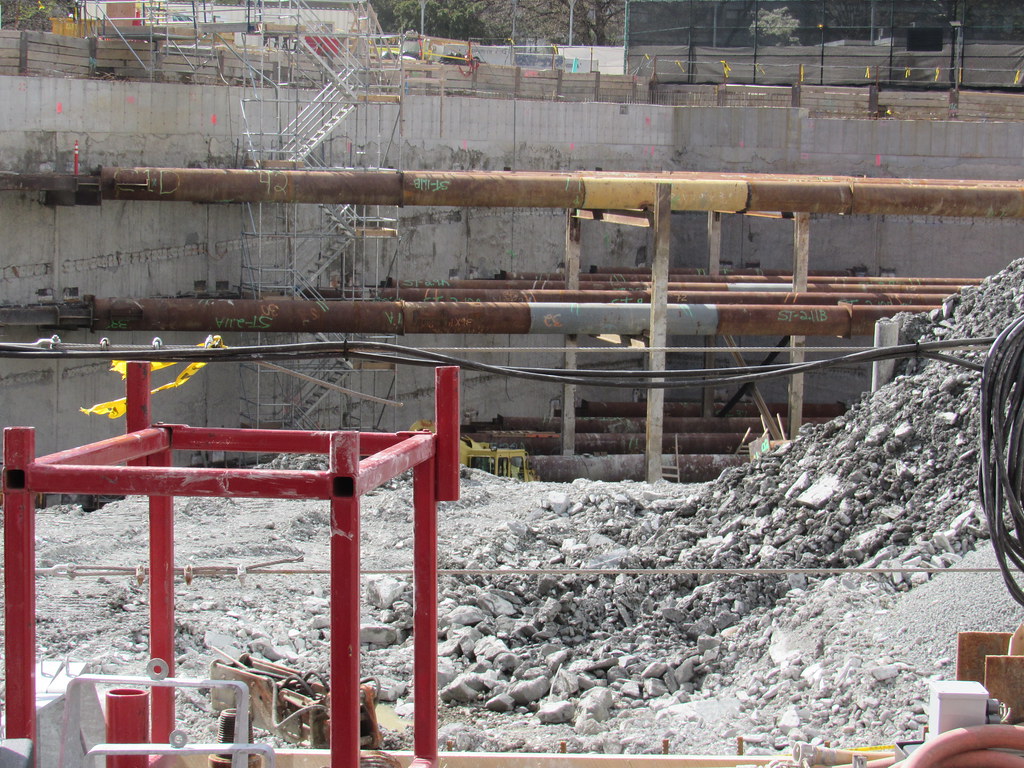 https://flic.kr/p/2egmf1T
https://flic.kr/p/2egmf1T https://flic.kr/p/RTPccK
https://flic.kr/p/RTPccK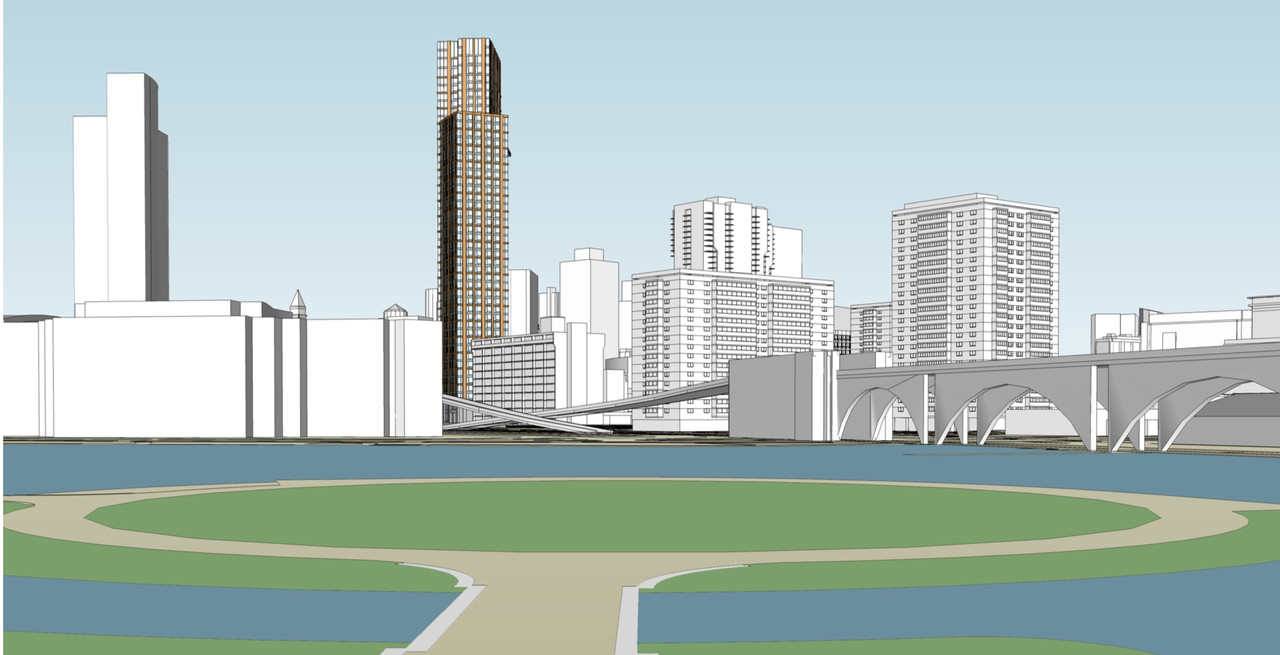

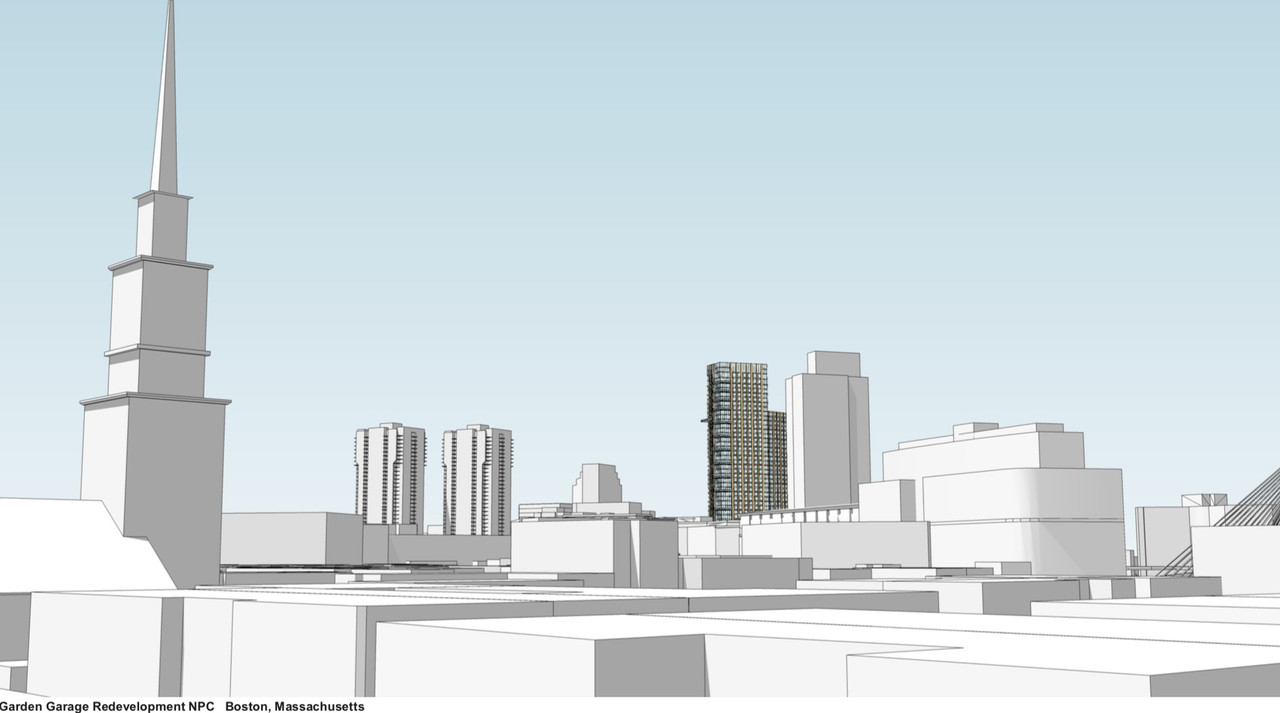

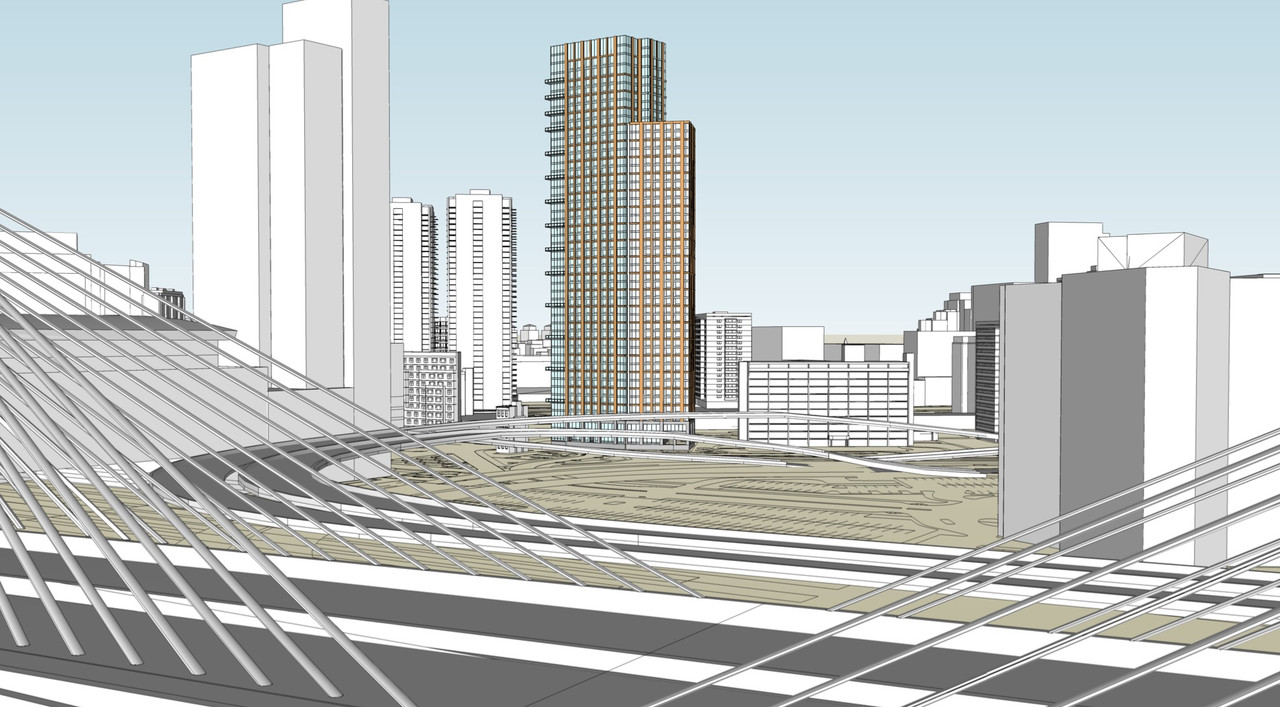
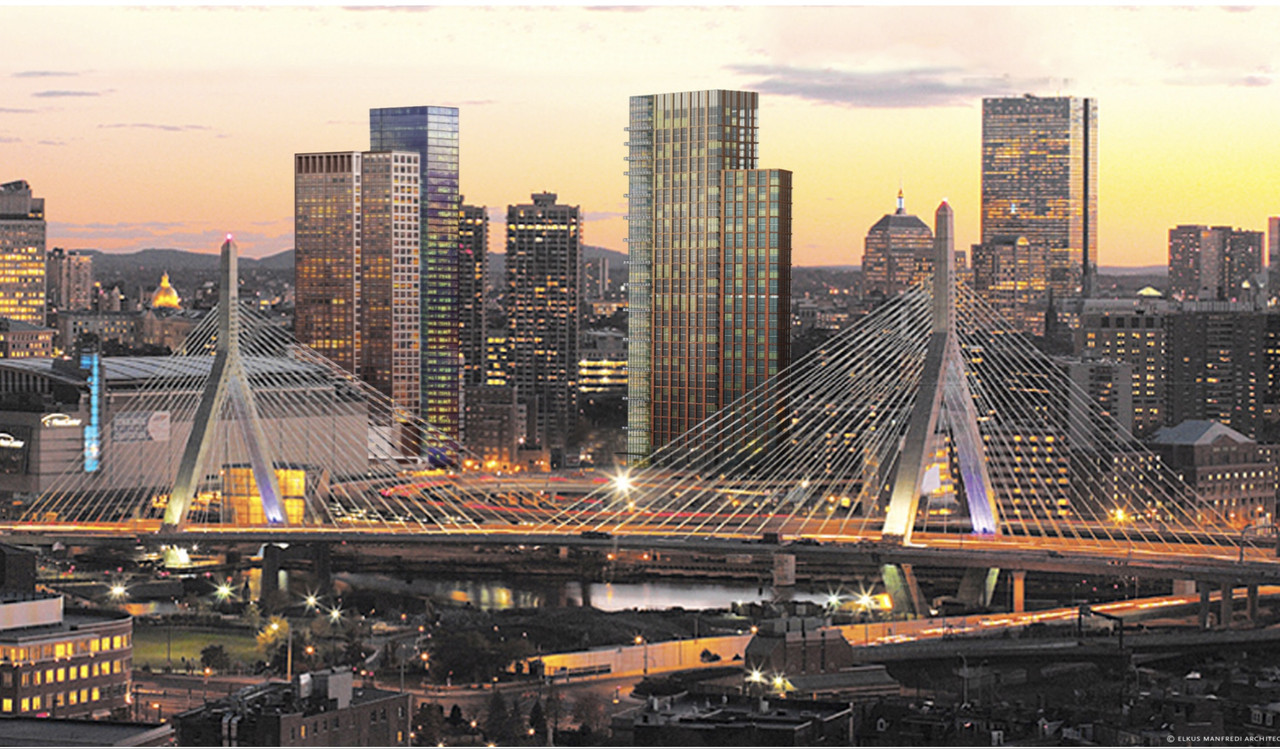
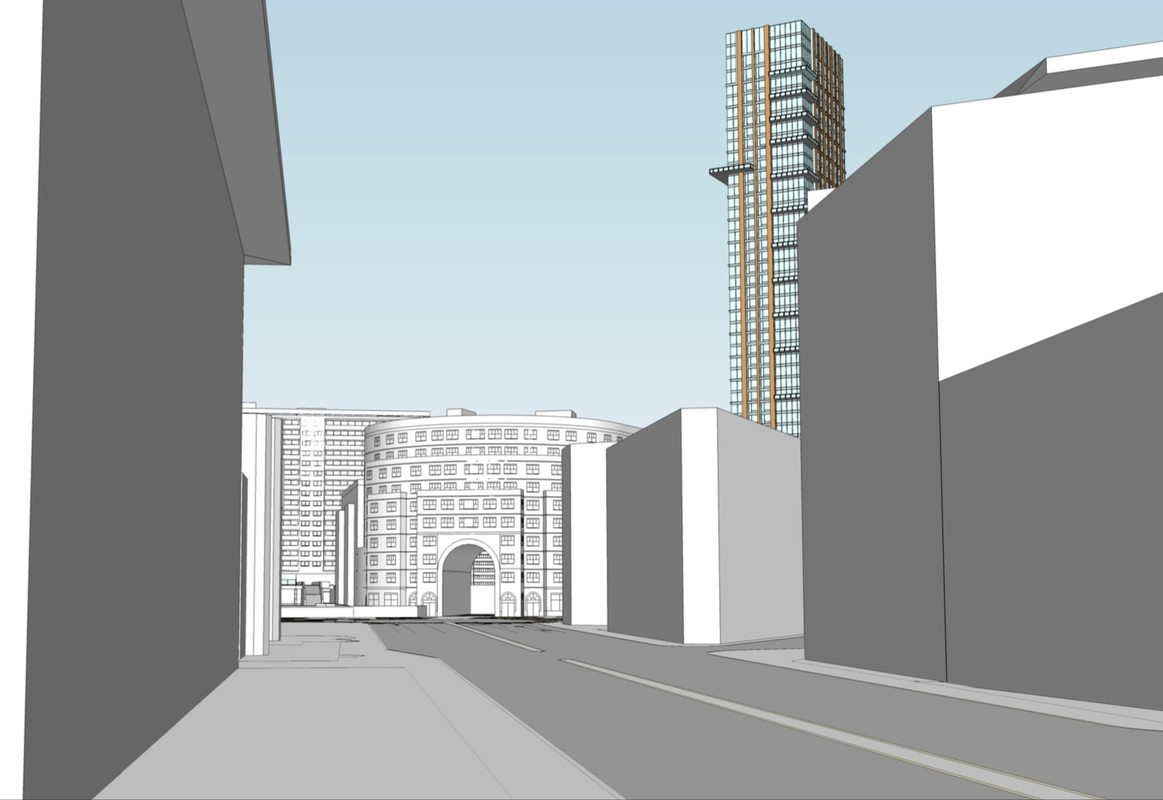
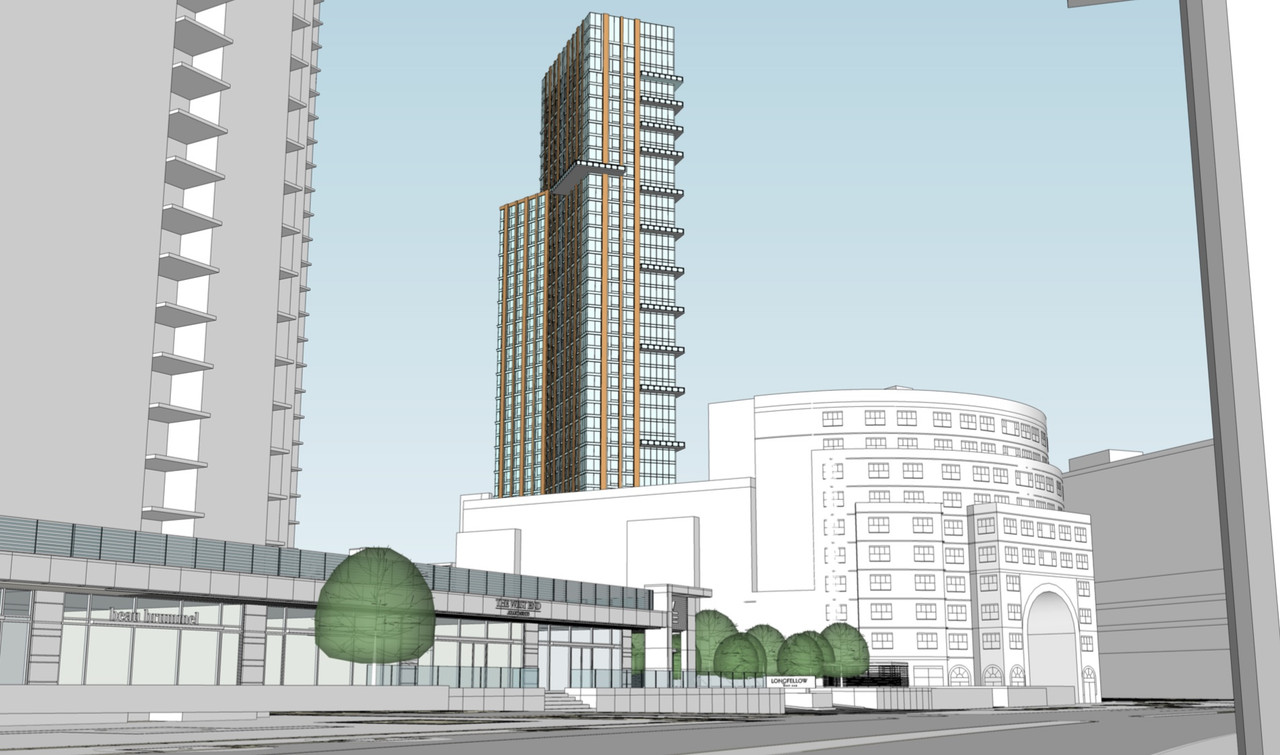
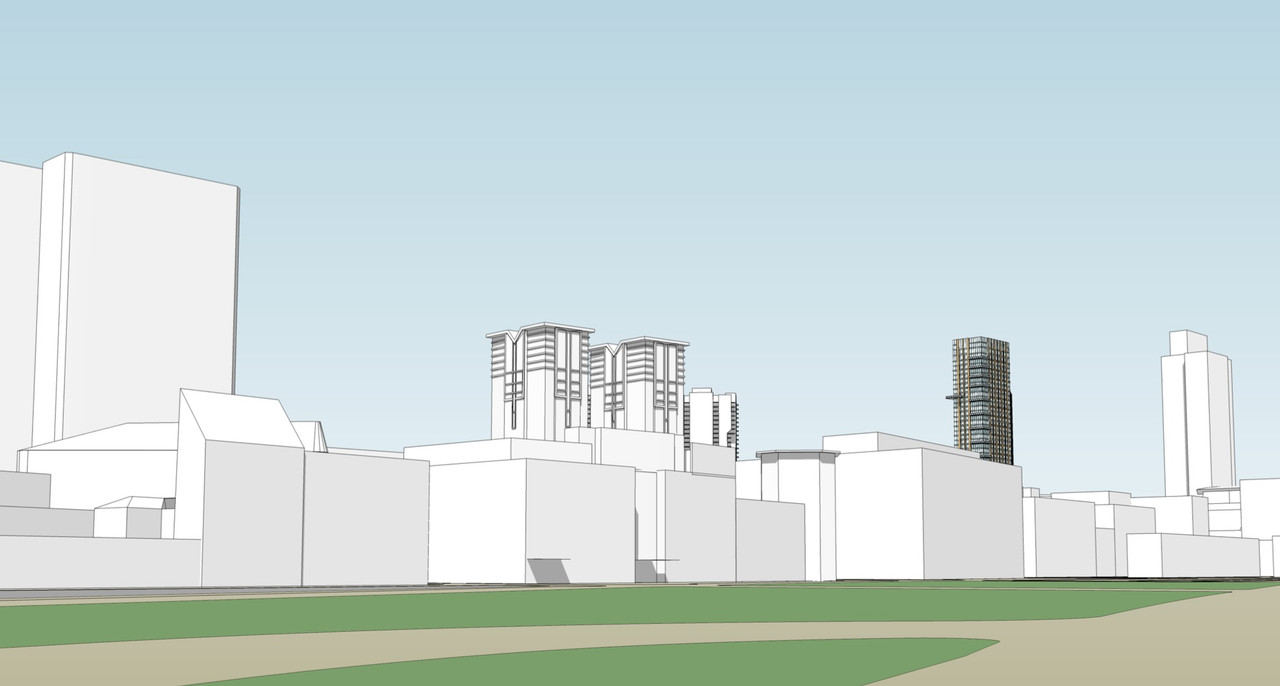
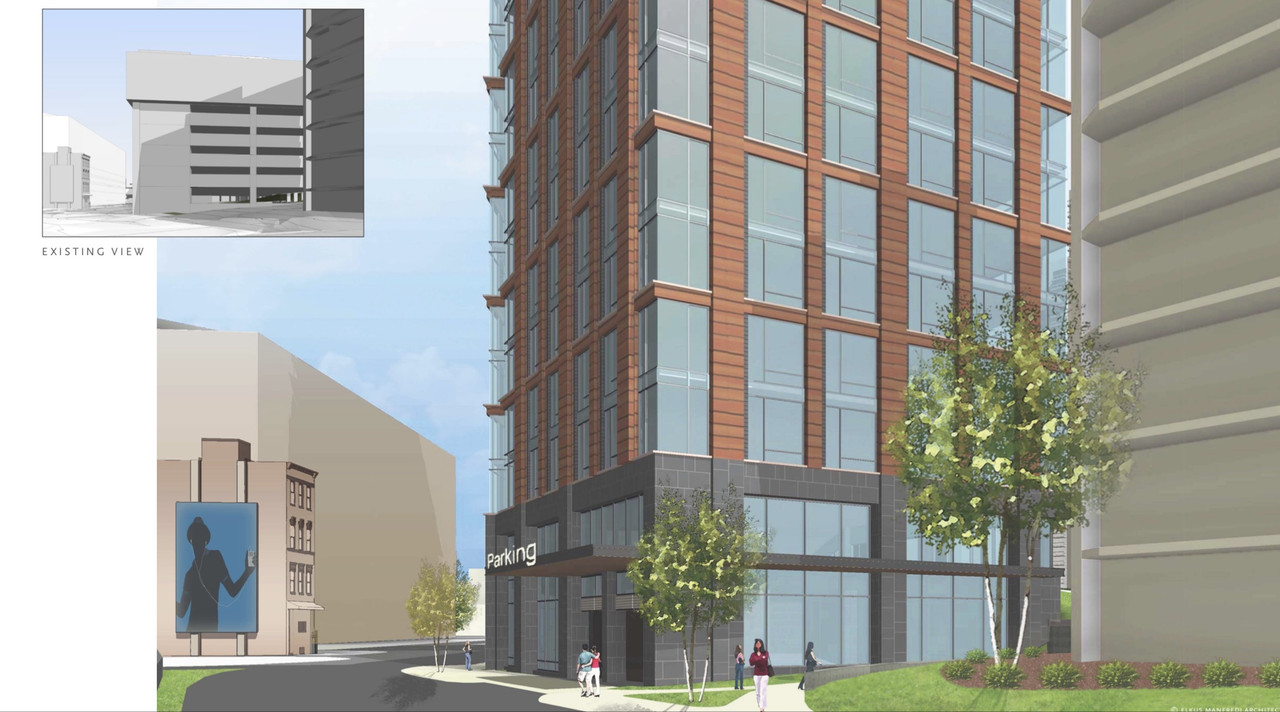
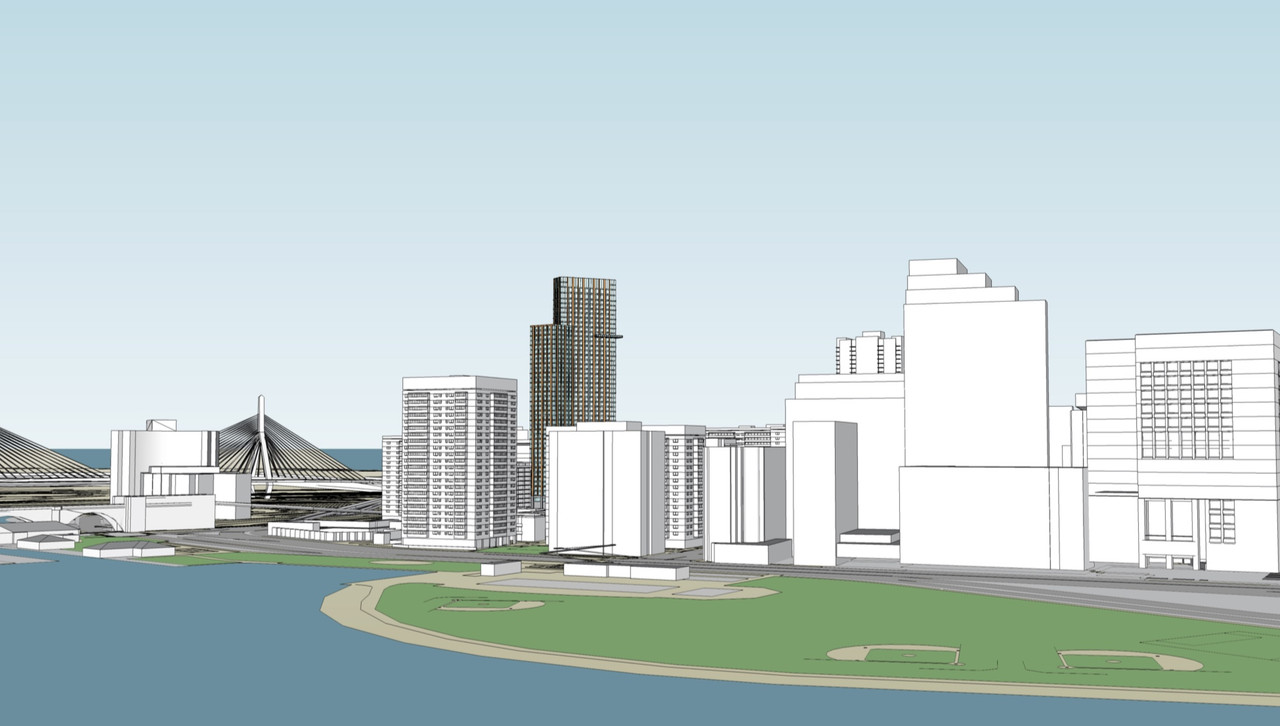
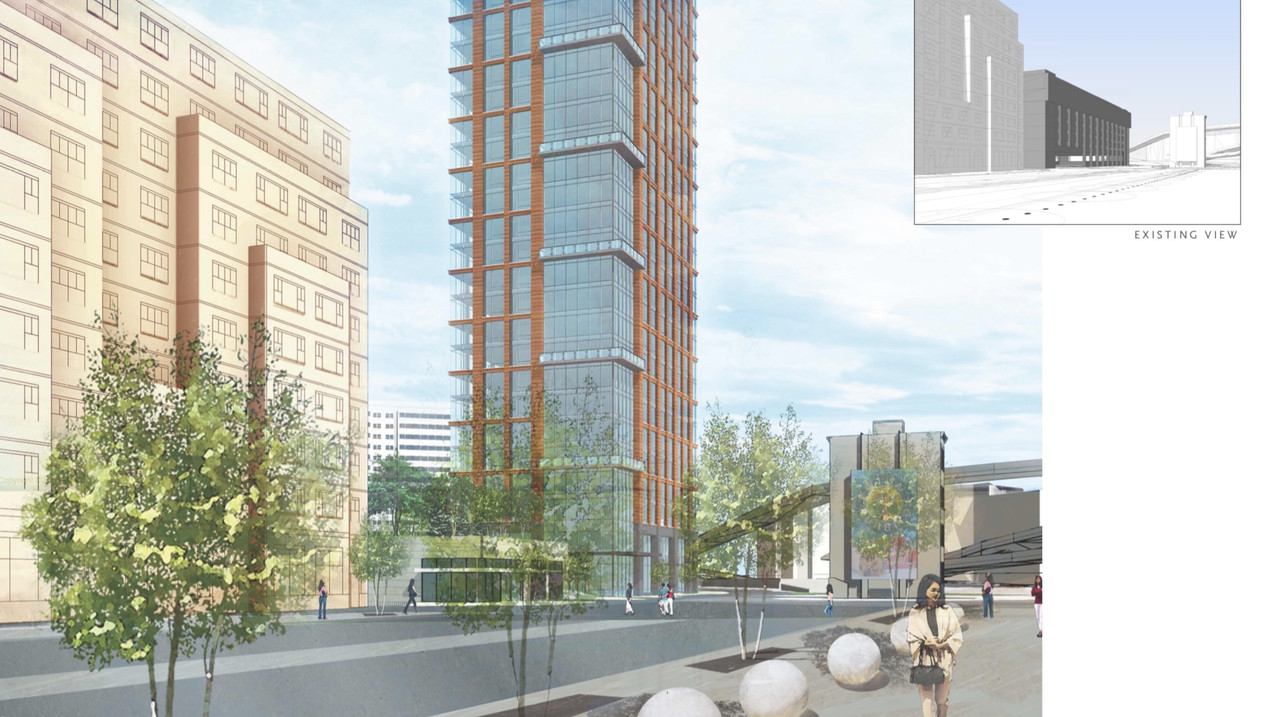
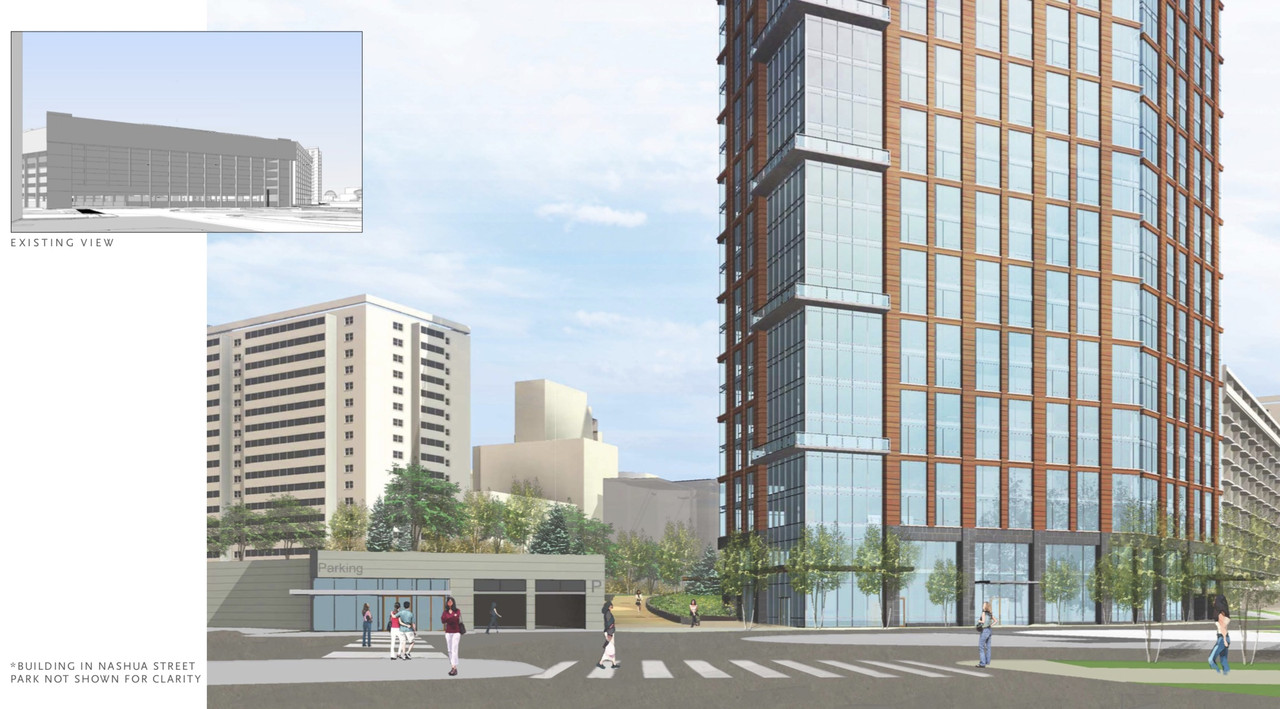

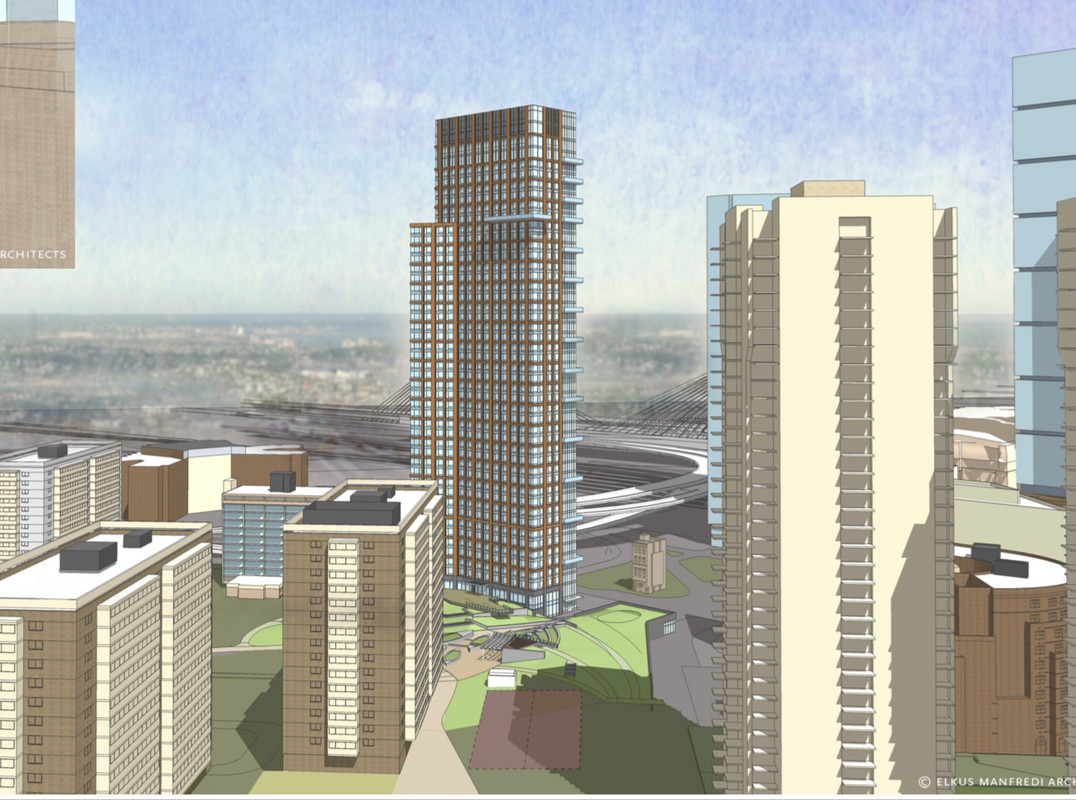
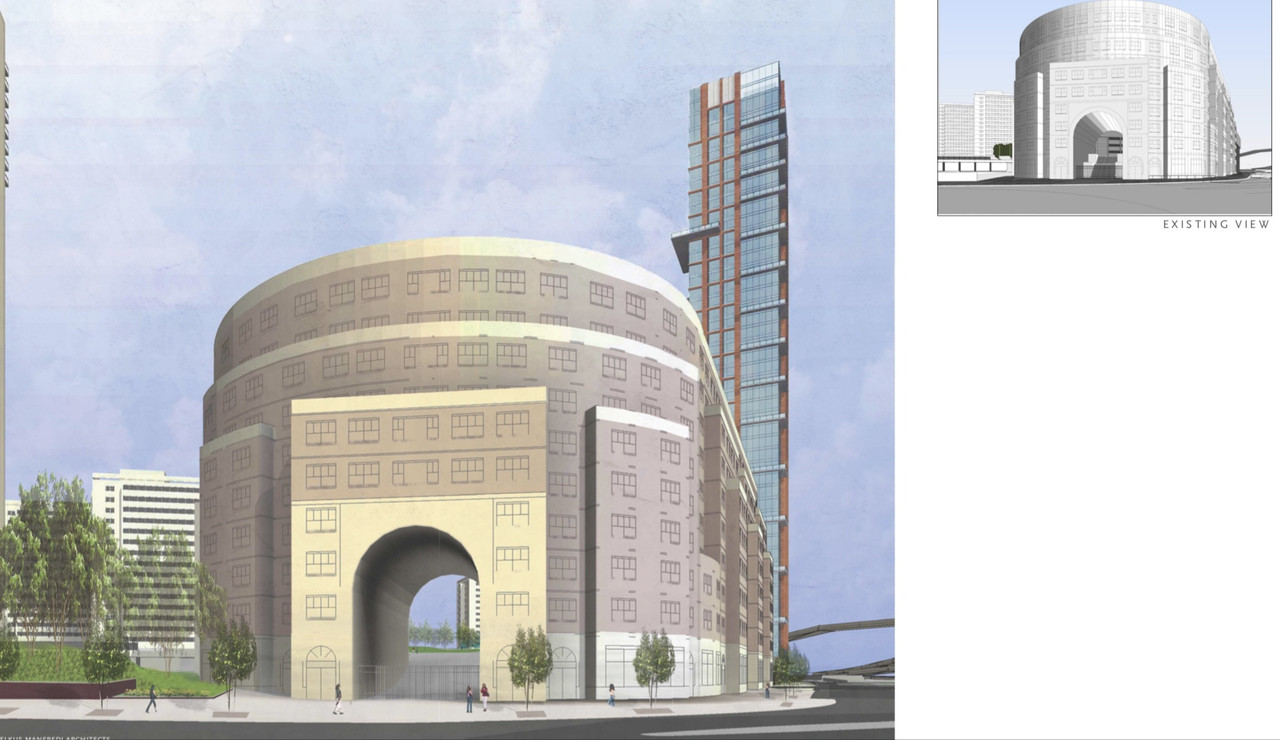
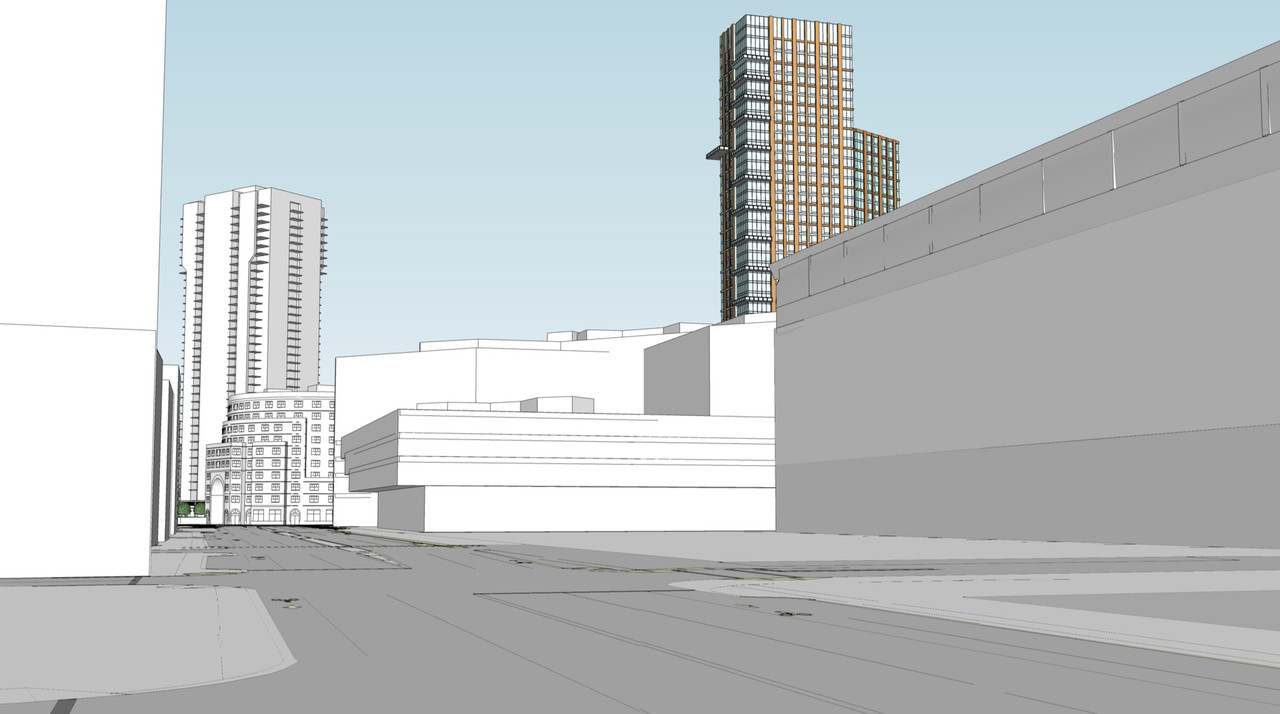


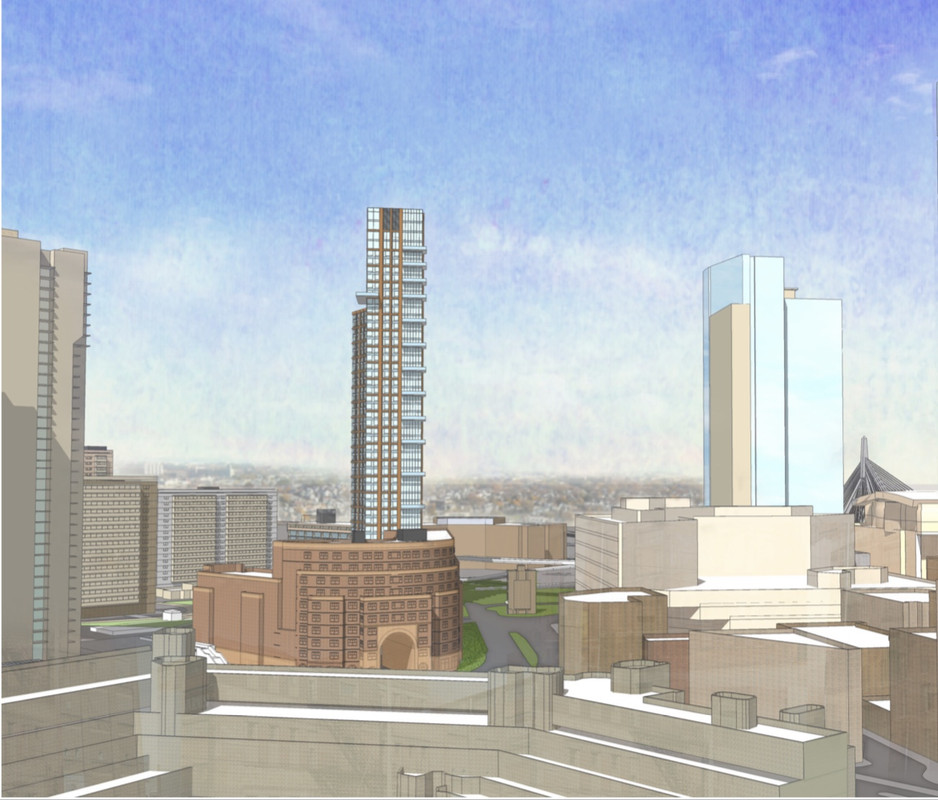 https://treetop100babynames.com/exotic-baby-names-boys
https://treetop100babynames.com/exotic-baby-names-boys https://flic.kr/p/2fQAhXB
https://flic.kr/p/2fQAhXB https://flic.kr/p/25e1dRv
https://flic.kr/p/25e1dRv  https://flic.kr/p/S564rH
https://flic.kr/p/S564rH https://flic.kr/p/2fTNHCs
https://flic.kr/p/2fTNHCs https://flic.kr/p/2fYpEoB
https://flic.kr/p/2fYpEoB https://flic.kr/p/25mNUKV
https://flic.kr/p/25mNUKV https://flic.kr/p/25mNV8t
https://flic.kr/p/25mNV8t https://flic.kr/p/25mNVnB
https://flic.kr/p/25mNVnB https://flic.kr/p/2g6oGkc
https://flic.kr/p/2g6oGkc https://flic.kr/p/2g6otju
https://flic.kr/p/2g6otju https://flic.kr/p/2g6oG52
https://flic.kr/p/2g6oG52